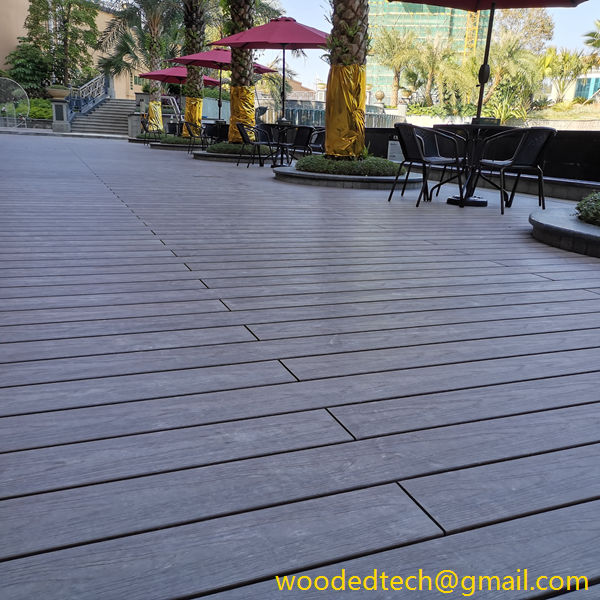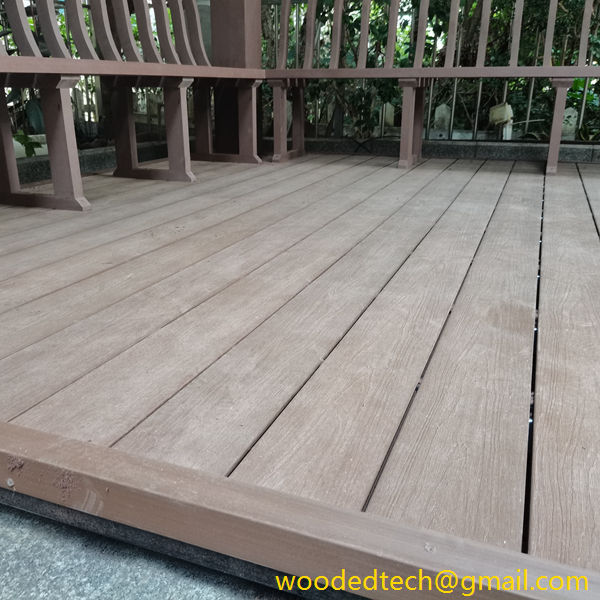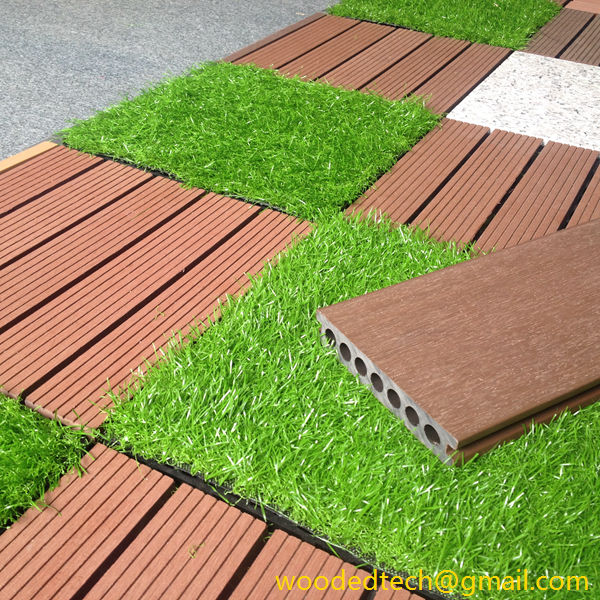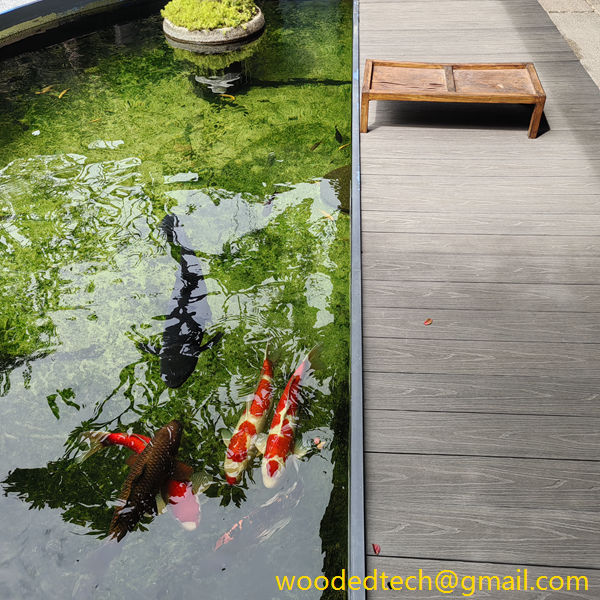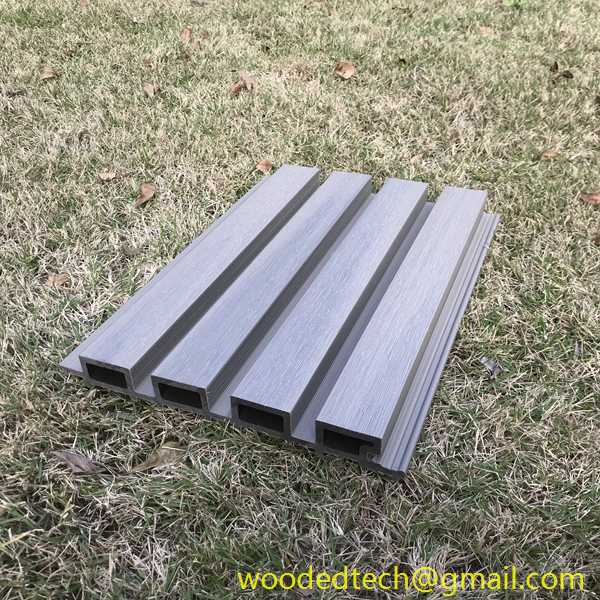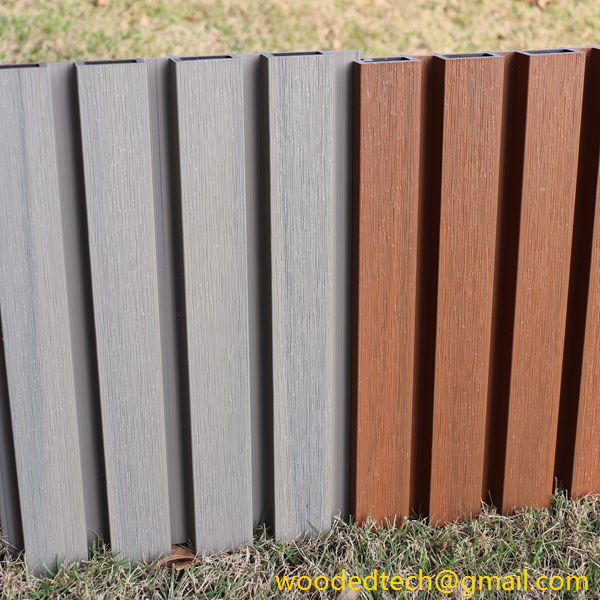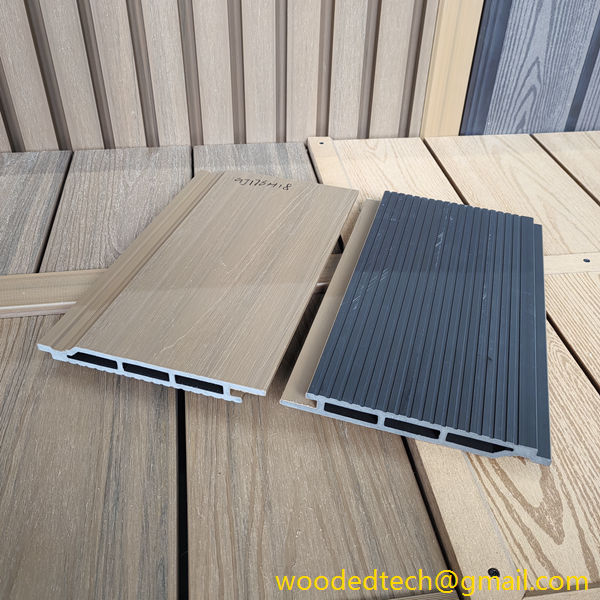Discover the Versatility of Wood Plastic Composite Floor Decking
Wood Plastic Composite (WPC) floor decking has gained immense popularity in recent years, primarily due to its versatility and numerous advantages over traditional flooring materials. As a market application, WPC floor decking offers a compelling solution for both residential and commercial settings, meeting the demands of modern consumers who seek durability and aesthetic appeal without compromising on sustainability.
One of the most notable features of WPC floor decking is its composition. Made from a blend of recycled wood fibers and high-quality thermoplastics, WPC provides an eco-friendly alternative to conventional wood decking. The use of recycled materials not only helps reduce waste but also minimizes the environmental impact associated with deforestation. In today’s market, where sustainability is a growing concern, WPC stands out as a responsible choice for consumers looking to make environmentally conscious decisions regarding their flooring options.
The versatility of WPC floor decking extends beyond its eco-friendliness. This material is available in a wide range of colors, textures, and finishes, making it suitable for various design aesthetics. Whether a homeowner prefers a rustic, natural wood look or a sleek, modern finish, WPC can be manufactured to meet these preferences. This adaptability allows architects, designers, and homeowners to achieve their desired aesthetic without compromising on functionality or durability.
In addition to its visual appeal, WPC floor decking is engineered for high performance. It is designed to withstand the elements, making it an excellent choice for outdoor applications such as patios, balconies, and poolside areas. Unlike traditional wood, WPC is resistant to fading, rot, and mold. Its ability to endure harsh weather conditions while maintaining its appearance and structural integrity makes it a practical option for various climates. This resilience is particularly appealing in regions prone to extreme temperatures, moisture, or heavy rainfall, where traditional wood decking may suffer from wear and tear.
Furthermore, WPC floor decking requires minimal maintenance compared to its wooden counterparts. Homeowners and property managers alike appreciate the ease of care associated with this material. WPC does not require regular staining, sealing, or painting, which can be both time-consuming and costly. Instead, periodic cleaning with soap and water is typically sufficient to keep WPC looking its best. This low maintenance requirement not only saves time but also reduces long-term costs, making WPC an economically sound investment.
Another aspect of WPC floor decking that enhances its market appeal is its slip resistance. Safety is a top priority for many consumers, particularly in outdoor spaces where wet conditions can create hazardous environments. WPC decking can be designed with textured surfaces that provide better traction, reducing the likelihood of slips and falls. This feature is especially beneficial in residential settings with children or elderly individuals, as well as in commercial applications such as restaurants and resorts where customer safety is paramount.
In the context of market application, WPC floor decking also offers significant installation advantages. The lightweight nature of WPC makes it easier to handle and install compared to traditional wood decking. Many WPC products come with interlocking systems or hidden fastening options that simplify the installation process, allowing for quicker project completion. This efficiency is beneficial not only for DIY enthusiasts but also for professional contractors looking to optimize their workflow and reduce labor costs.
As the market for WPC floor decking continues to expand, innovation plays a crucial role in its development. Manufacturers are continually exploring new technologies and production methods to enhance the performance and aesthetics of WPC products. For instance, advancements in extrusion technology have led to the creation of more durable and visually appealing materials. Additionally, some manufacturers are incorporating additives that improve UV resistance and color retention, further enhancing the longevity of WPC decking in outdoor environments.
The growing trend of outdoor living spaces has also fueled the demand for WPC floor decking. Homeowners are increasingly investing in outdoor areas that serve as extensions of their living spaces. This shift has created a market for versatile materials that can withstand outdoor conditions while providing a comfortable and visually appealing environment. WPC decking fits this need perfectly, making it an attractive option for patios, decks, and garden walkways.
Moreover, the commercial sector is recognizing the potential of WPC floor decking as well. Businesses looking to create inviting outdoor areas for customers are turning to WPC for its durability and aesthetic versatility. Restaurants, hotels, and recreational facilities are finding that WPC not only enhances the visual appeal of their properties but also provides a safe and low-maintenance solution for high-traffic areas.
In conclusion, the versatility of Wood Plastic Composite floor decking makes it an attractive choice for a wide range of applications. Its eco-friendliness, aesthetic adaptability, durability, low maintenance requirements, and safety features position it as a leading alternative to traditional wood decking. As trends continue to evolve and the demand for sustainable and practical building materials grows, WPC floor decking is poised to play a significant role in both residential and commercial markets. Whether for enhancing outdoor living spaces or providing durable solutions for commercial properties, WPC floor decking is undoubtedly a material that meets the diverse needs of today’s consumers.

